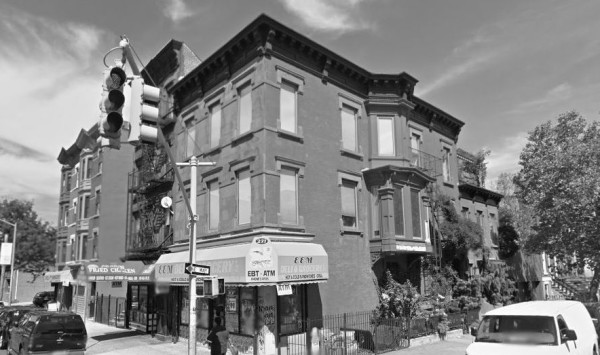WERE THESE BROOKLYN’S FIRST CO-OPS? (1899)

******************************************************************************************************************************** Brownstone Detectives investigates the history of our clients’ homes. The story you are about to read was composed from research conducted in the course of one of those investigations. Do you know the history of YOUR house? ******************************************************************************************************************************** Back in 1899, Bolton Hall, the son-in-law of lawyer and real estate investor, William H. Scott, convinced Scott to allow him to use some of his real estate units to experiment with a “novel co-operative idea.” “Mr. Hall’s idea was simply to let tenants share the profits of the property they occupied,” noted the New-York Tribune. “Previous to April, this year, Mr. Scott was the owner of houses at Nos. 231, 223, 225, 219, and 221 Reid-ave., Brooklyn. The property lies between Hancock st. and Jefferson ave., and consists of three single and two double houses.” Hall, who would spend his life working on behalf of the poor, had started the “back-to-the-land movement” in the United States at the time, which was a forerunner of the Green Thumb project and consisted of encouraging people to begin gardens on vacant lots. Hall noted that the tenants of the buildings eagerly entered the scheme and that during a 4-month period the plan was successful. Hall told the tenants that it was proposed to value the buildings at ten times their proper rent when full, which would be $8,000 each for the single houses and $14,000 for the double,” noted the New York Times, “and to reserve as Mr. Scott’s share 5 per cent. […]